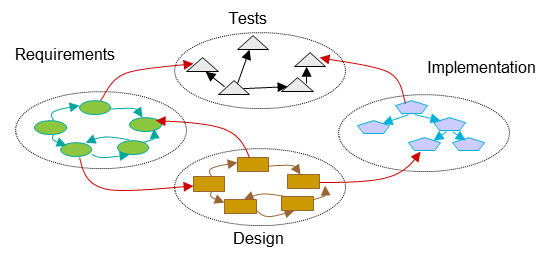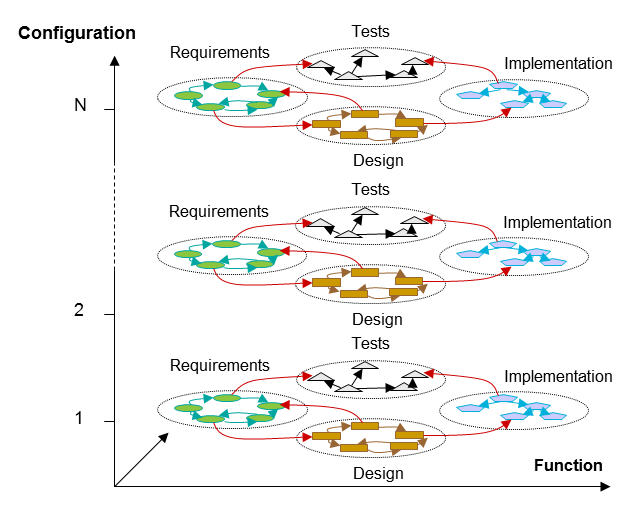These days software developers don’t think twice about putting their source code under configuration management. The advantages of using configuration management speak for themselves:
- Creating a shared development context: Each person can load their workspace with the same files and file versions.
- Managing change: You can make isolated changes, and when you are ready, deliver them to a shared context.
- Returning to an old release to re-create a problem, or branch to develop a fix for that release.
- Working in parallel, on sequential releases or variants of the same application or product.
- Reusing components in many applications or products.
Other teams also enjoy the utility of configuration management systems, for example: documentation teams that have lots of user doc files, and operations teams that have lots of scripts and configuration files.
The advantages are clear, but challenges exist, too:
- What about tools that store data in databases rather than files, such as requirements that are managed in Rational DOORS Next Generation and test artifacts that are managed in Rational Quality Manager? How do you put that information under configuration management?
- What about extended teams whose artifacts span multiple tools? How can you create a shared context for them?
We, the Collaborative Lifcycle Management (CLM) product teams, are addressing these challenges in the CLM products by implementing the OASIS OSLC draft Configuration Management specification. In this beta release we have started generalizing our linked-data solution, with the intention of going from this:
to this:
These configurations include sets of linked lifecycle artifacts in multiple tools that can represent a release or a reusable component. Those sets of artifacts are versions or variants of an application or product. With this approach, you can reuse individual artifacts in more than one configuration. The system efficiently reuses artifacts by referencing them, not copying them.
Try it
The 5.x M6 beta release is now available for download here on Jazz.net and includes configurations across CLM. In addition, M6 includes new configuration management capabilities in Rational Quality Manager and the latest updates in Rational DOORS Next Generation.
This beta release focuses on configurations within and across the RM and QM disciplines [1]. You can try these new capabilities:
- Create a stream that spans requirements and tests
- Create a baseline that spans requirements and tests
- Create configurations in a hierarchy to support advanced reuse scenarios
To start exploring, download this milestone, load the sample data, and follow the task guides. This milestone release contains plenty of limitations, so be sure to read the fine print [2]. If you can’t download and explore the release [3], you can still learn about the new concepts and terminology.
To get started exploring or learning see the beta guide at https://jazz.net/wiki/bin/view/Main/CLMBetaOverview5x. As always, your feedback is valuable to shape this product into what you and your teams need. For information about how to provide feedback, see the beta guide.
Daniel Moul
Senior Product Manager
[1] You can create cross-tool configurations that include source configurations from Rational Team Concert and design configurations from Rational Rhapsody Design Manager. You can create custom template-based reports for a configuration using the Rational Publishing Engine. However, those capabilities are not the focus of this beta release.
[2]See the 5.x M6 beta overview and the M6 download page for each product (in particular the Release Notes and New and Noteworthy tabs).
[3] These new capabilities cannot be explored in the Jazz.net sandbox because configuration management administration requires permissions that are not available to sandbox users.











































































































































































very good post
agree